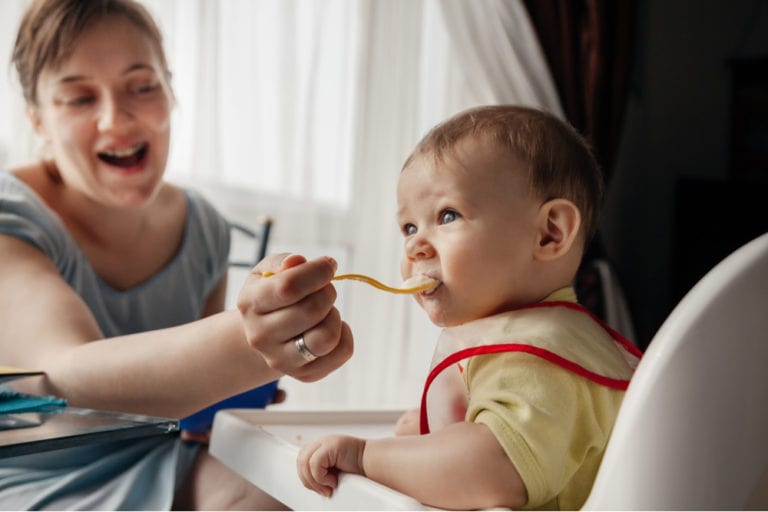As a year, as a time, 2020 has been a monster. Between all of the losses we’ve experienced and changes to our daily lives, what we’ve long thought was normal may never return. But for people who experience food insecurity, COVID-19 has made tough times even tougher.
Food insecurity can be difficult to define, as it is to imagine for most of us, but the U.S. Department of Agriculture defines it as “the limited or uncertain availability of nutritionally adequate and safe foods or limited or uncertain ability to acquire acceptable foods in socially acceptable ways.” People and families can be classified as food insecure in three ways:
- Worrying whether their food will run out before they are able to buy more
- The food they bought didn’t last and they didn’t have money to get more
- They can’t afford to eat balanced meals.

